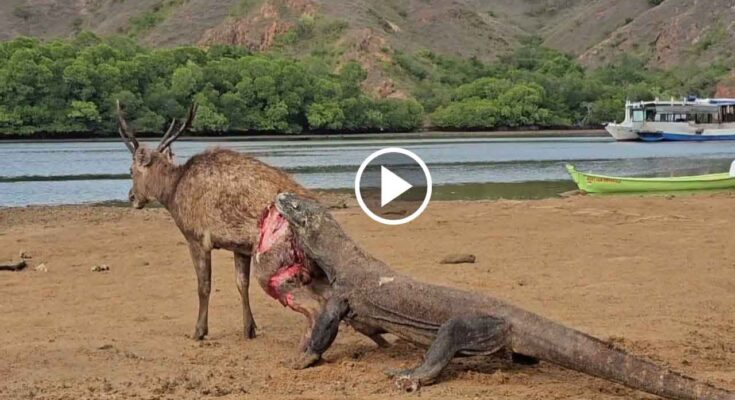Sure! Here’s an overview of deer:
### Overview of Deer
#### Species
There are about 90 species of deer, with some of the most common including:
– **White-tailed Deer**: Found in North America, recognizable by their white tails and large ears.
– **Mule Deer**: Known for their large, mule-like ears, primarily found in the western United States.
– **Red Deer**: Common in Europe, they are one of the largest species.
– **Sika Deer**: Native to East Asia, they have distinctive spots and a wide range of vocalizations.
#### Habitat
Deer are adaptable and can be found in various habitats, including:
– **Forests**: Dense woods provide cover and food.
– **Grasslands**: Open fields allow for grazing.
– **Wetlands**: Provide water sources and diverse plant life.
#### Diet
Deer are herbivores, primarily feeding on:
– **Leaves**: From trees and shrubs.
– **Grasses**: Common in meadows and fields.
– **Fruits and Nuts**: Such as acorns and berries, depending on the season.
#### Behavior
– **Social Structure**: Some species are solitary, while others, like white-tailed deer, can be found in groups (herds).
– **Breeding**: Typically occurs in the fall; males (bucks) compete for females (does) through displays and fights.
– **Territoriality**: Bucks may mark territory using scent markings.
#### Adaptations
– **Camouflage**: Their fur patterns help them blend into their environment.
– **Keen Senses**: Excellent hearing and smell help them detect predators.
– **Speed and Agility**: Deer can run fast and leap over obstacles to evade danger.
#### Conservation
Many deer species are stable, but habitat loss and hunting can threaten certain populations. Conservation efforts often focus on habitat preservation and sustainable hunting practices.
If you have specific questions or need more details on any aspect, let me know!
